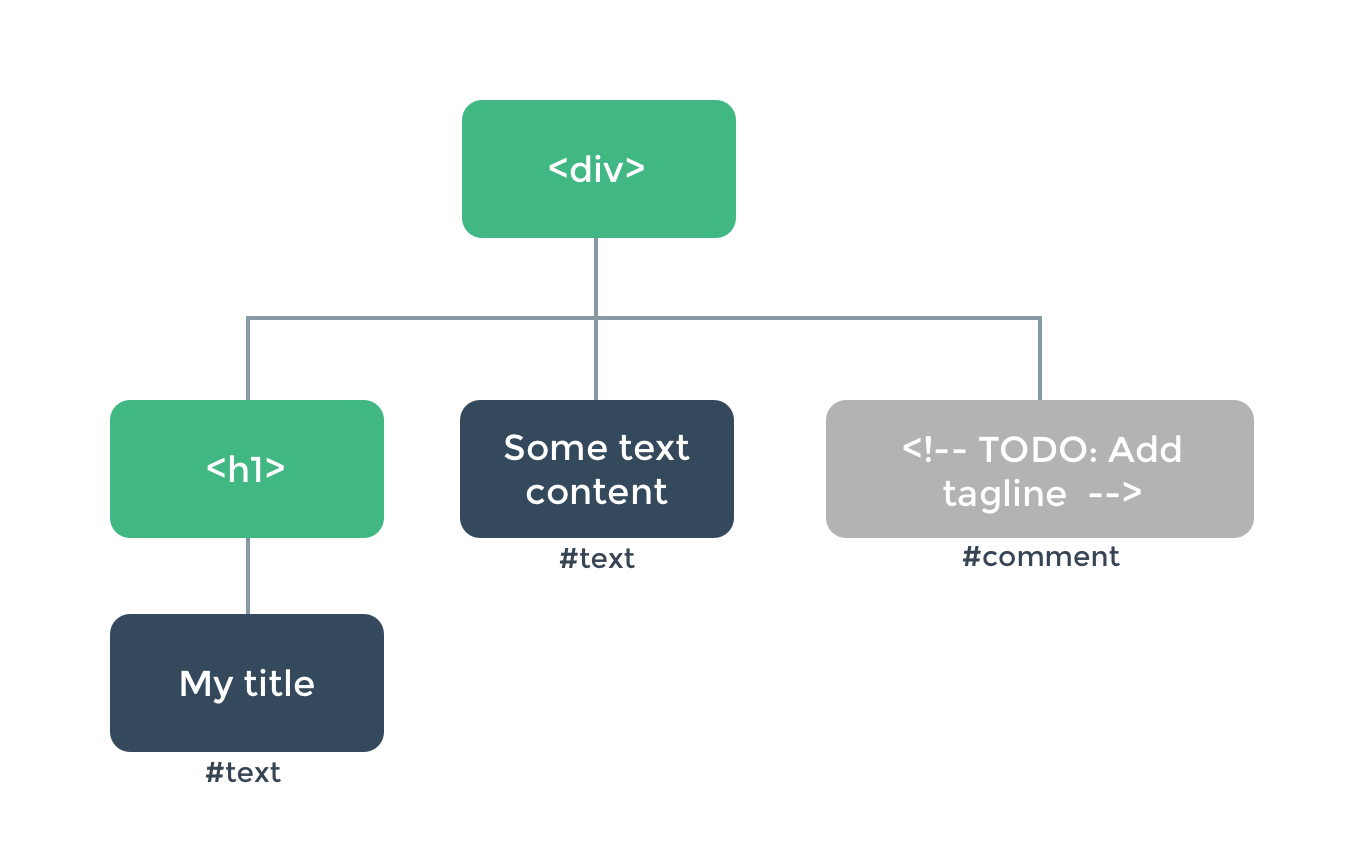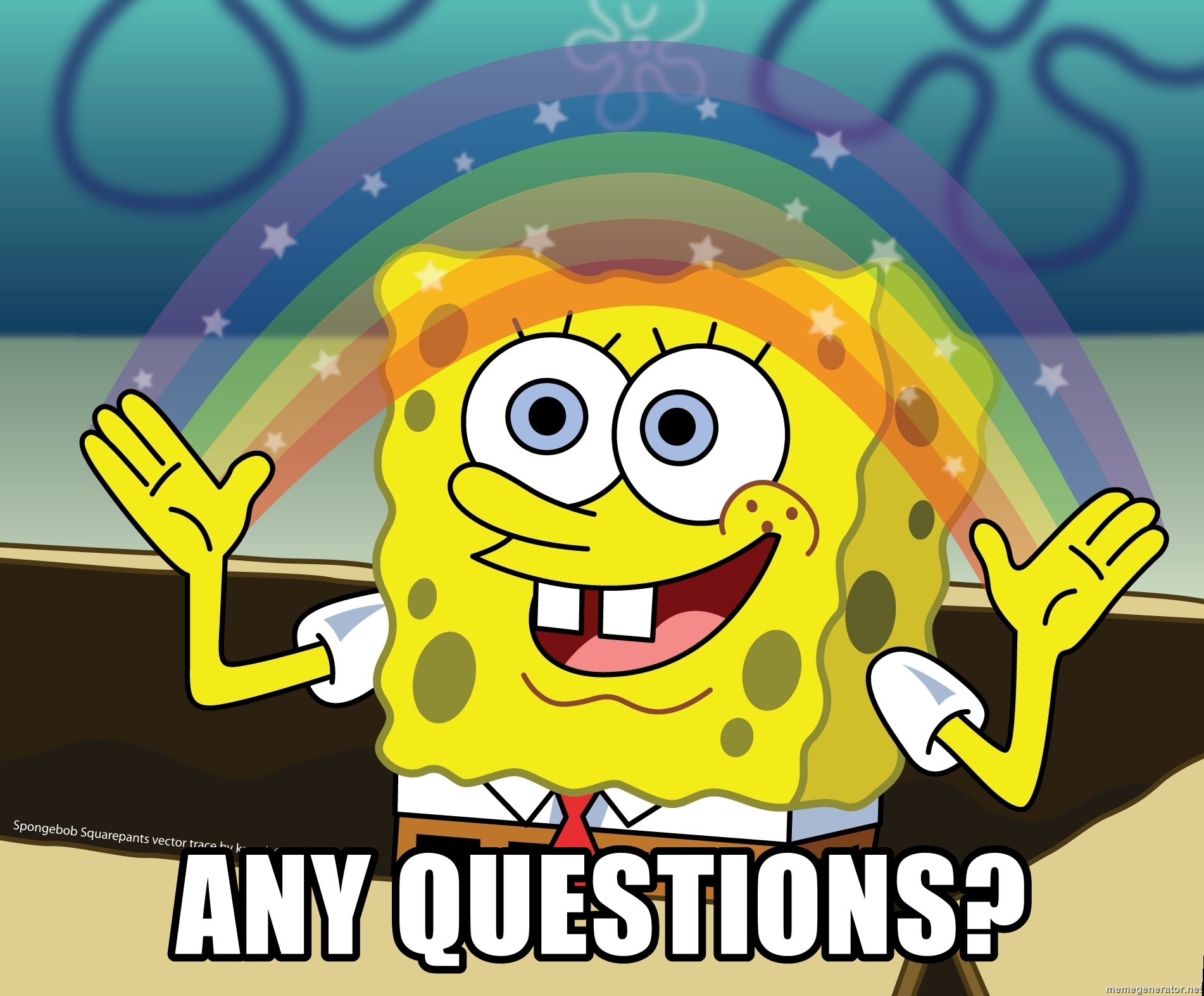Vue for beginners
Session I - Introduction to Vue
Why do we need a UI Framework?
- Binding - To events & observables
- Performace - Components are compiled to performant render functions (VDOM)
- Huge community and ecosystem
- Get started quickly (cdn, vue-cli, create react app)
Vue
- A Javascript UI Framework
- Open Source & Community driven
- Designed from the ground up to be incrementally adoptable
- As performant if not more than other UI frameworks (React/Angular)
- 4th most starred project on github (182,035 ⭐)
A Vue Instance
const app1 = new Vue({
// #app is a selector for our Vue app container
el: '#app',
// data is always a function that returns the initial state
data() {
// message is an observable value
// and will update the UI when changed
return { message: 'Hello world!' };
},
methods: {
reverse() {
// access data observables using 'this'
this.message = this.message.split('').reverse().join('');
}
}
});Declerative Rendering
Message: {{ message }}
12 x 12 = {{ 12 * 12 }}
0.1 + 0.2 != {{ 0.1 + 0.2 }}
Message: {{ message ? message : 'Default Message' }}
Message: {{ message }}
12 x 12 = {{ 12 * 12 }}
0.1 + 0.2 != {{ 0.1 + 0.2 }}
Message: {{ message ? message : 'Default Message' }}
To change the message variable,
open the dev console and edit app1.message
open the dev console and edit app1.message
DOM & VDOM
Document Object Model - VNode vs Node
My title
Some text content

Directives
They are Vue extended html attributes that tell the vue to do something to a DOM element.
v-if
Admin Panel
Homepage
<p v-else>Login</p>
Admin Panel
Homepage
Login
v-for
v-for Allows us to render a list of items based on an array [or object]
- {{ item }}
- {{ item }}
v-bind
v-bind Allows us to manipulate HTML attributes with dynamic data
v-on
v-on Allows us to attach JavaScript functions to
common events (click, change, submit, etc..)
<script>
app5 = new Vue({
el: '#app5',
data() {
return {
clickCount: 0,
enterCount: 0
};
},
methods: {
reset() {
this.clickCount = 0;
this.enterCount = 0;
}
}
});
</script>
v-model
v-model Allows us to use two-way
data binding
Hello {{ name }}!
<script>
app6 = new Vue({
el: '#app6',
data() {
return {
count: 0,
name: 'world'
};
}
});
</script>
Hello {{ name }}!
Exercise 01 - Todo app
- Add v-model binding to the form input, bind to the value variable
- Add v-if to the 'The todo list is empty.' div
- Complete the missing v-for and :class bindings of the list item
- Replace 'Item 1' with an {{ expression }} that shows the todo's title
- Fix the addTodo & toggleTodo methods
- You should now be able to add todo items
Exercise 01-b - Clear done todos
- Add a clear done button
<button @click="clearDone">Clear Done</button> - Add a clear done method (clearDone) to the Vue instance
What we've learned
- The Vue Instance (el, data, methods)
- Directives (v-if, v-for)
- Binding (v-model, v-bind)
- Event listeners (v-on)
What's next
- Components & SFC
- Lifecycle Hooks
- Props & Slots
- State management & Routing
